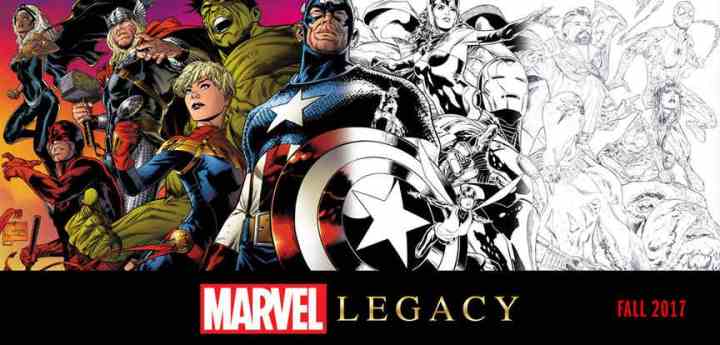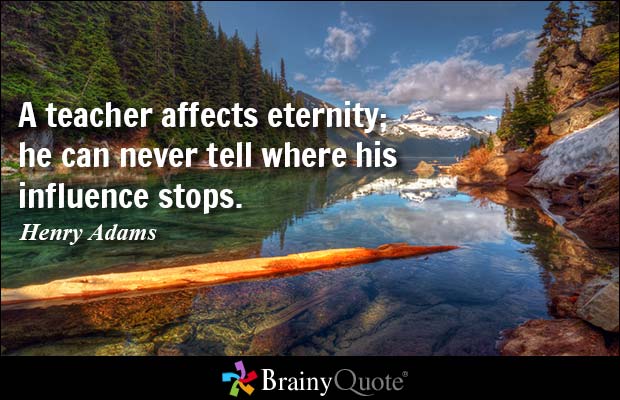
Marvel Comics recently announced their next company-wide comic book event(s), a back-to-back blockbuster starting with “Generations” this summer and then “Legacy” this fall.
There aren’t too many details yet, but “Generations” features stories teaming up heroes with shared names or titles. For example, the original Thor (a.k.a. “Unworthy Thor” or Odinson) fights alongside with the current Thor (a.k.a. “Mighty Thor” or Jane Foster). Or Wolverine (Logan) with his cloned successor All-New Wolverine (X-23, Laura).
A little confusing, yes, especially for anyone who hasn’t read a Marvel comic book the last few years. During this time, several classic characters have stepped down from their costumes (for various reasons) to be replaced by different individuals–other heroes, a supporting cast member, or brand new characters.
With “Legacy,” some readers speculate many classic characters will return to prominence, donning their masked identify once again. We don’t know much for now, except that long-running titles are resuming their original issue numbering (e.g. back in the 100s, 200s, 500s, or more, instead of resetting to issue #1 every year or so), and other classic elements are coming back–cover box art, tiny mugshots in the corner, Marvel Value Stamps, etc.

The focus seems to be the “legacy” of these identities–icons that expand beyond one single person.
Here’s a quote from Marvel Editor-in-Chief Axel Alonso: “We are looking to honor the legacy of the entire universe, so we are taking the iconic legacy heroes and pairing them with the new class.”
And another quote, this time from Marvel Chief Creative Officer Joe Quesada: “The Marvel Legacy initiative is a celebration of everything that makes Marvel the best in fiction, and it’s a signifier of a new era for Marvel Comics.” (Look for Quesada’s artwork on the cover of Marvel Legacy #1.)

Interestingly, DC Comics is more well-known for its roster of “legacy heroes.” Again, these are identities that have passed from various individuals. Sometimes the mantle goes back and forth, and sometimes the mask and costume are handed off permanently–or at least for a decade or more, an entire generation of comic book readers.
Here are some of DC’s more famous “legacy heroes” and some (not all) noteworthy characters who have held the title.
The Flash: Jay Garrick, Barry Allen, Wally West, Bart Allen

Green Lantern: Alan Scott, Hal Jordan, Guy Gardner, John Stewart, Kyle Rayner,

What makes the DC legacy heroes unique is their extensive history and long-lasting impact. Instead of switching a character for just a short story, event, or gimmick, these replacements truly add to the legacy of the hero. In some cases, the successor is more famous than the original character, with more accomplishments and greater impact.
Teachers, do you see the connection to our profession?
Contemplate the following statement (and pretty photo, courtesy of Brainy Quote) by American historian and writer Henry Adams:

Some of my current research deals with the question, “What makes an influential teacher?”
In one study (#10004), I asked nearly a hundred future science educators to share information about their most influential teacher. Here are the SEVEN most common traits found in their responses describing an influential teacher (along with examples from answers given):
1) Passion
- “[He] brought his love of science and teaching with him every day.”
- “She was unfailing in her positivity.”
2) Rapport
- “She cared about us and how much we learned.”
- “He personally acknowledged each student.”
3) Pedagogy
- “She knew how to break down the material so it was easy to understand.”
- “[K]new when students have problems and what to say to each student, if it is different words to different students.”
4) Time
- “[T]ook the time out to explain stuff.”
- “He gave lots of time to students after class. As much as they needed to get it.”
5) High Expectations
- “She pushed me to be a leader in school.”
- “The way she never gave up on you and made you believe in yourself more than you could imagine. She always had high standards for us.”
6) Fun
- “She always made teaching look fun.”
- “[He] showed me that chemistry is fun.”
7) Helpful
- “She was always very helpful and kind.”
- “His door was always open to his students and he was willing to help any student with whatever problems they had.”
These responses came from future science teachers, so the sample size is limited, of course. But ask yourself which of these traits align with YOUR most influential teacher. What other characteristics did he or she display?
More than one of these seven traits appeared in 80% of participants’ “influential teacher” descriptions. That means that these characteristics are not isolated, but rather intertwined with one another, even synergistic.
Also consider that almost two thirds (63.8%) of the influential teachers described by these future science teachers did NOT teach science. There is more to influential teaching than the subject you teach. Or in other words, to quote Muppets creator Jim Henson . . .

Take a moment to remember the most influential teachers you’ve had, and what made them so influential? Then ask yourself what sort of influence you want to have on YOUR students. How can you make a lasting, positive difference in the lives of your students, starting right now?
In many ways, every teacher is a “legacy hero.” The privilege is not receiving personal fame for our profession, but in inspiring and impacting the generations to come.


